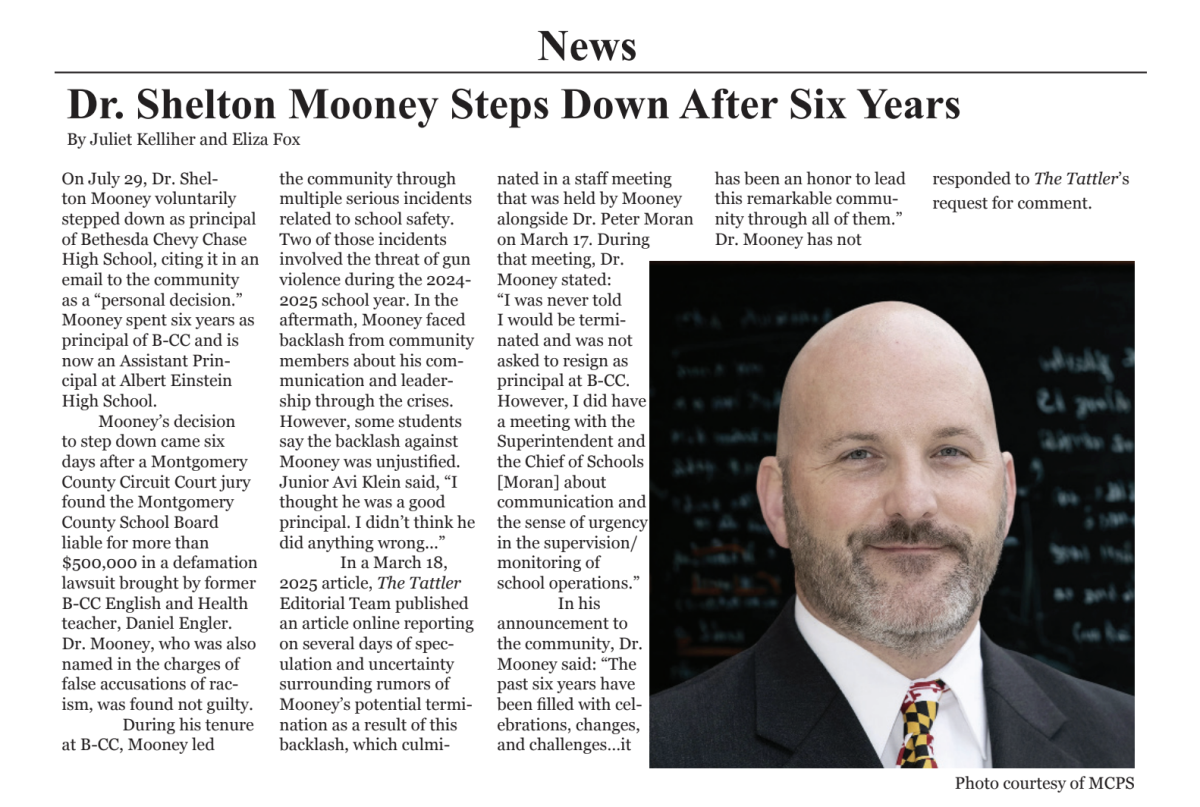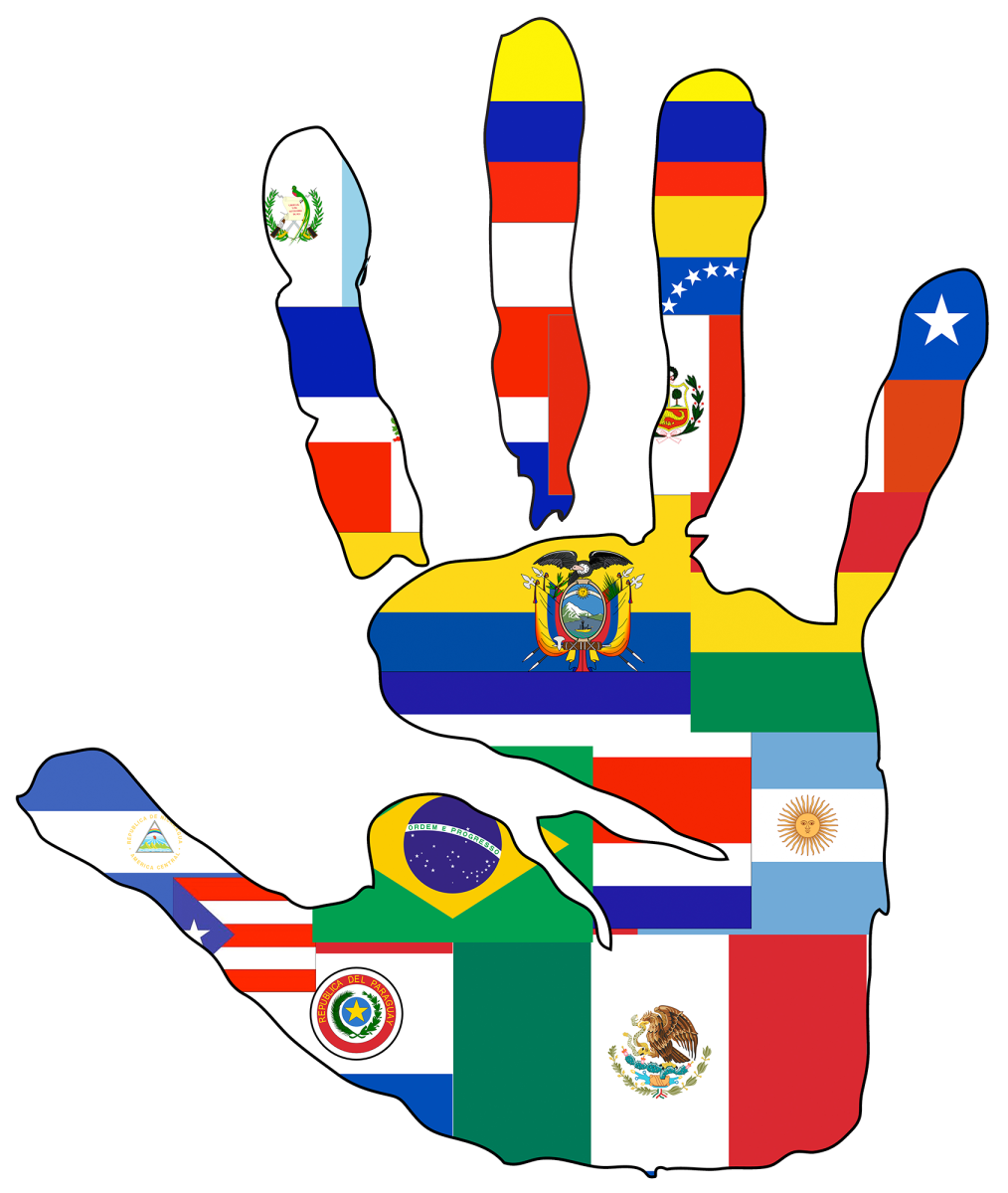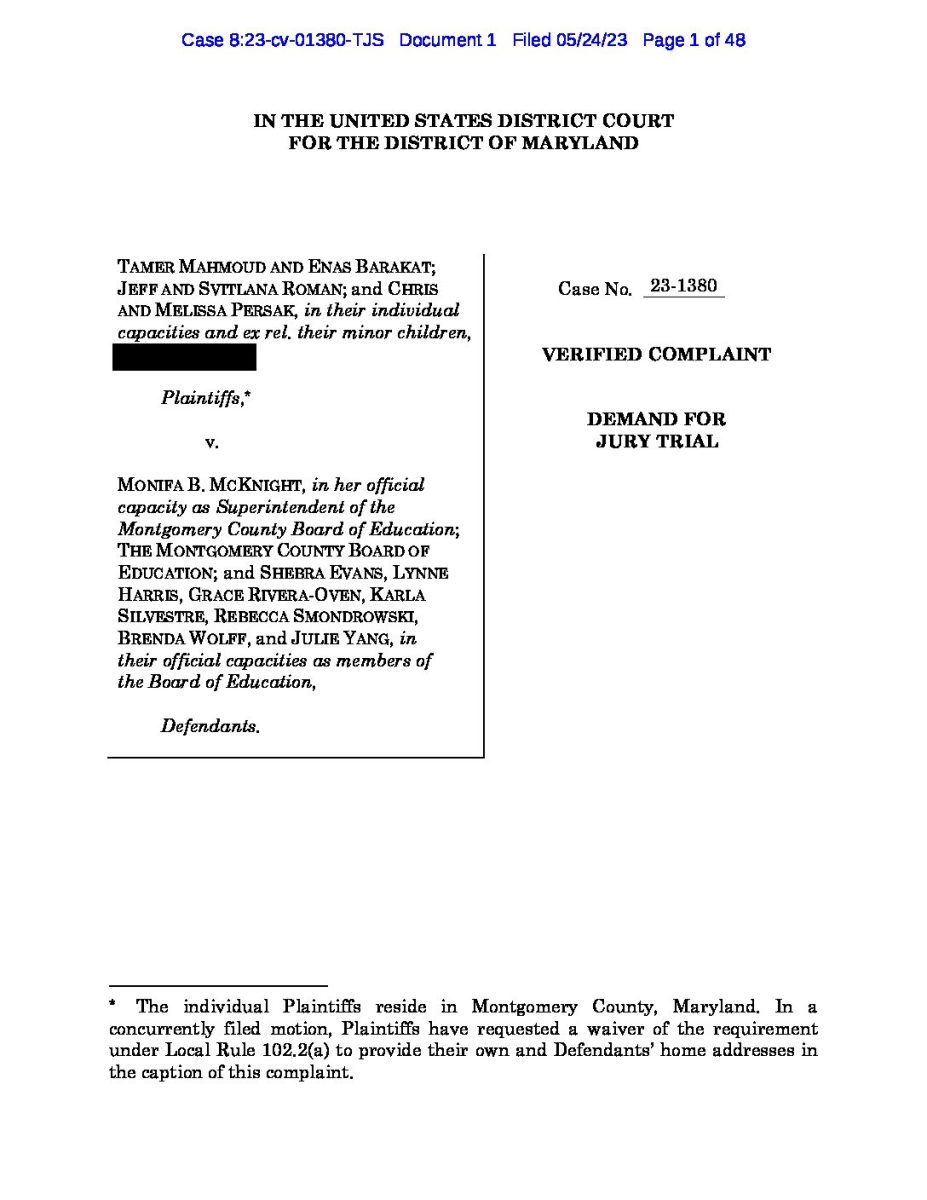Unveiling the Truth: Thrifting
Thinking about thrifting anytime soon? Think twice.
November 4, 2022
Thrifting has skyrocketed in popularity amongst Gen Z shoppers in the past few years. One could credit TikTok influencers, an economic downturn, or the current environmental crisis for the resurgence of sustainable shopping. Maybe young adults are scouring their local Goodwill in hopes of finding the perfect vintage piece that will fit their grunge or Y2K aesthetic. After all, you can’t step out of the house without the perfect pair of cargo pants and a $3.99 graphic tee from 1997.
We asked B-CC students on an Instagram poll if they thrift and if they did, what their reason was. The majority of students who thrift shared it was for recreational purposes, with only 30% saying they thrift out of necessity. Sophomore Angie Giller shared, “Many people I know thrift for fun, but a few thrift out of necessity. I’ve been thrifting for practically my whole life and love finding cool or unique pieces.”
On the other hand, various individuals pointed out that they felt it was insensitive to clear out an entire rack when they are not in a situation where they rely on those discounts. Purchasing second-hand clothing allows you to find unique pieces and reduce your carbon footprint, at a fraction of the typical retail cost. However, this avalanche of trendy, cheap, and accessible clothing can often be exploited to hurt those on a limited budget rather than help them.
The rise of thrifting has subsequently led to the prominence of online resale venues such as Depop, Grailed, and Mercari, where users can find their ideal pieces, often at eye-popping prices. While there is nothing illegal about reselling a three-dollar top for $60, this all-too-common practice goes against the essence of thrifting itself. Utilizing thrift stores as a medium for profit rather than providing affordable, high-quality items for everyone defeats the purpose of second-hand shopping. Thrifting was created for low-income families that weren’t able to access items that retail stores sell.
So then what? How are people supposed to find affordable clothes and accessories if thrift stores have been diluted by resellers? Look no further than fast fashion, where companies such as Shein, Zara, FashionNova, and H&M have attracted huge clientele bases with ever-changing wardrobes and never-ending sales. With their low prices, it is a no-brainer as to why these companies have attracted so much attention.
However, these companies have been able to rake in massive profits despite their dirt-cheap prices, at the expense of everyone else involved. The vast majority of fast fashion retailers make their clothes in countries with looser labor laws, ignoring basic safety and child labor laws that we take for granted.
Not to mention the quality of the clothing itself, which is of little concern to the manufacturer. You get what you pay for, especially in the case of fast fashion. Fast fashion clothing is designed with the intent of being trendy rather than durable; its materials are significantly worse quality than more expensive versions, which are designed to last beyond a few wears.
When examining the current state of fashion, thrifting seems to be a trend that everyone can get behind. It’s sustainable, affordable, and above all, fashionable. However, when one takes an in-depth look, past all the claims of environmentalism and individuality, thrifting has fallen into a moral gray zone. This isn’t to say that we should all distance ourselves from buying clothes second-hand, but if you go thrifting any time soon, don’t clean out an entire rack to resell online.












































